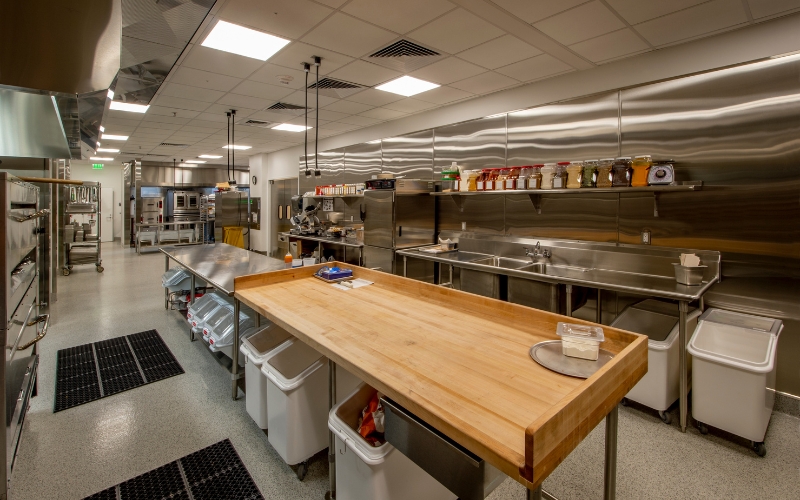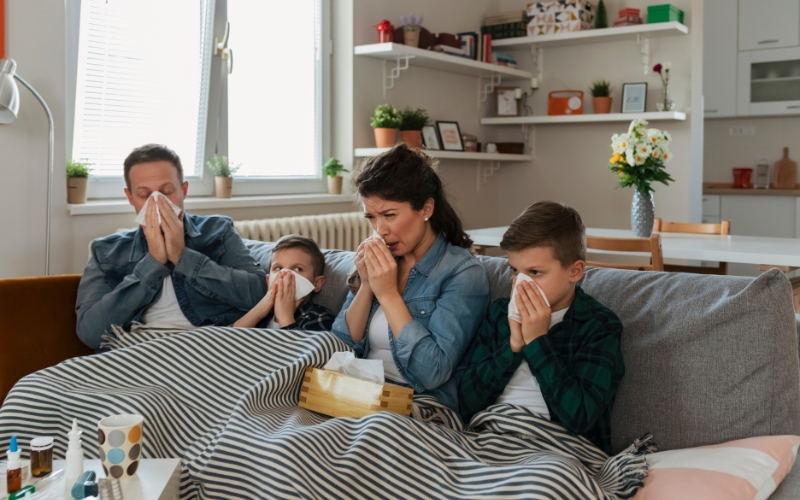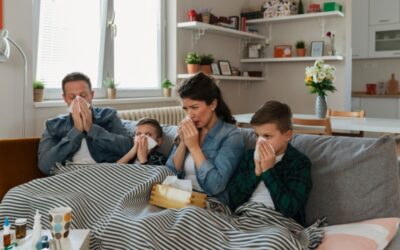The bird flu outbreak and indoor air safety are becoming growing concerns as H5N1 spreads beyond poultry farms. In some regions, recent cases have been detected in mammals, including sea lions, mink, and even domestic cats. While human cases remain rare, experts watch closely for signs of increased transmissibility.
According to the CDC, the risk to the general public is still low, but outbreaks among dairy cows in the United States have added a new layer of uncertainty. The virus has been found in raw milk, leading to questions about its potential for broader transmission. With this evolving situation, it’s important to consider how airborne risks factor into overall safety measures, especially in shared indoor spaces.
How Viruses Like H5N1 Can Spread Indoors
Most documented cases of H5N1 in humans have come from direct contact with infected birds. That said, the potential for airborne transmission remains an open question. Studies on similar viruses suggest that small aerosolized particles could carry viral material, allowing them to linger in the air and settle on surfaces.
While specific data on H5N1’s behavior indoors is still emerging, research on MS2 bacteriophage, a widely recognized surrogate for airborne viruses, provides valuable insight. Synexis has proven data in testing against MS2 with 99.99 percent reduction in the air at four hours vs. control1. Studies indicate that viruses can remain suspended in the air for extended periods, reinforcing the need for continuous air quality management in high-risk environments.
Why Indoor Air Quality Matters Now More Than Ever in the Wake of the Bird Flu
With new developments in the bird flu outbreak and how it impacts indoor air quality, mitigating airborne risks is becoming an increasingly relevant discussion. Farms, processing plants, healthcare facilities, and workplaces all face unique challenges in managing microbial presence. Traditional ventilation and filtration do help, but they don’t actively neutralize viruses that remain suspended in the air.
One approach involves continuous air treatment technologies that work around the clock to reduce airborne and surface contamination. Synexis’ patented Dry Hydrogen Peroxide (DHP®) is an example of a proactive solution that has been shown to reduce microbial loads in real-world environments significantly. While Synexis hasn’t tested explicitly against H5N1, the MS2 testing listed above suggests that DHP is a viable option against airborne viruses such as H5N1.
Staying Ahead of Emerging Health Risks
The ongoing spread of bird flu serves as a reminder that viral threats are always evolving. While H5N1 has not yet shown sustained human-to-human transmission, the situation remains dynamic, and new findings could change our understanding. Keeping indoor spaces as safe as possible requires a multi-layered approach that includes good hygiene, proper ventilation, and advanced air purification technologies.
For businesses, healthcare facilities, and agricultural operations, prioritizing air quality now can help prepare for future health challenges. Whether facing influenza outbreaks, seasonal respiratory viruses, or new microbial threats, taking steps to improve indoor environments is a forward-thinking investment in long-term safety.
1Data on File. SYN-0001
To speak with an IAQ expert from Synexis, fill out this form and we’ll be in touch as soon as possible.
And to learn more about Synexis, click here.







